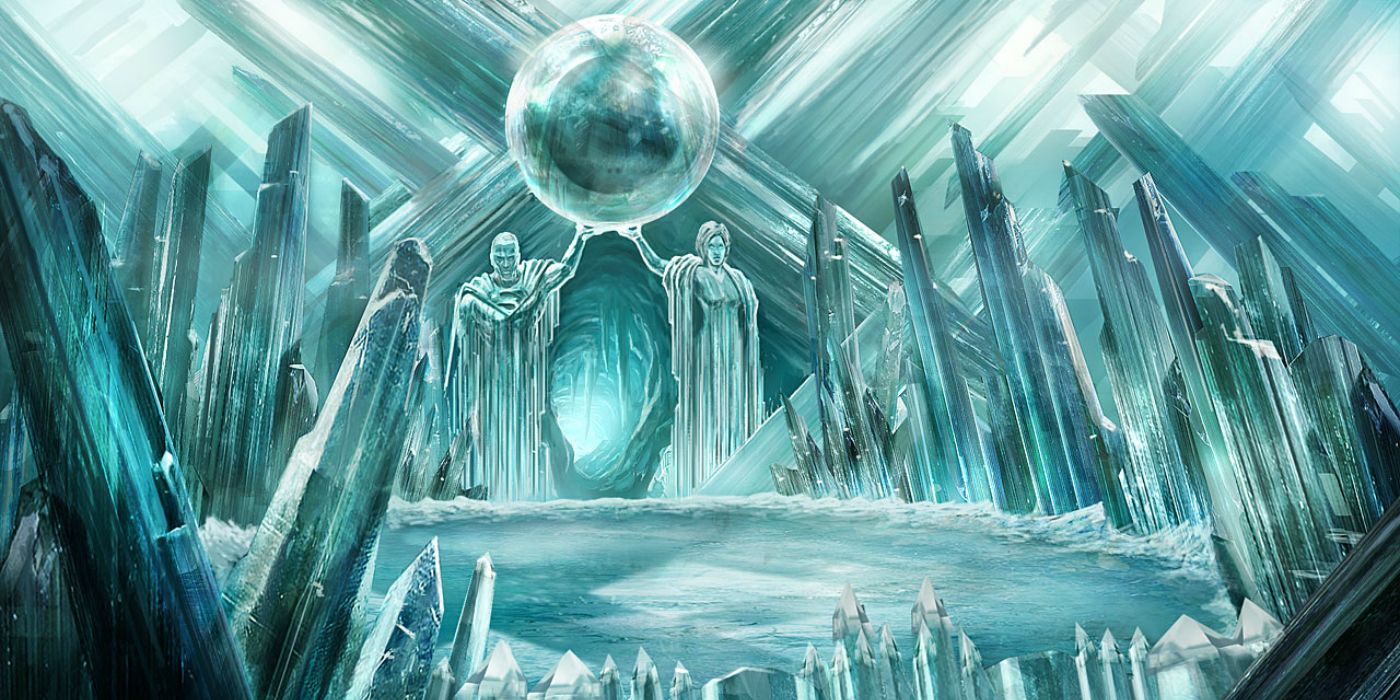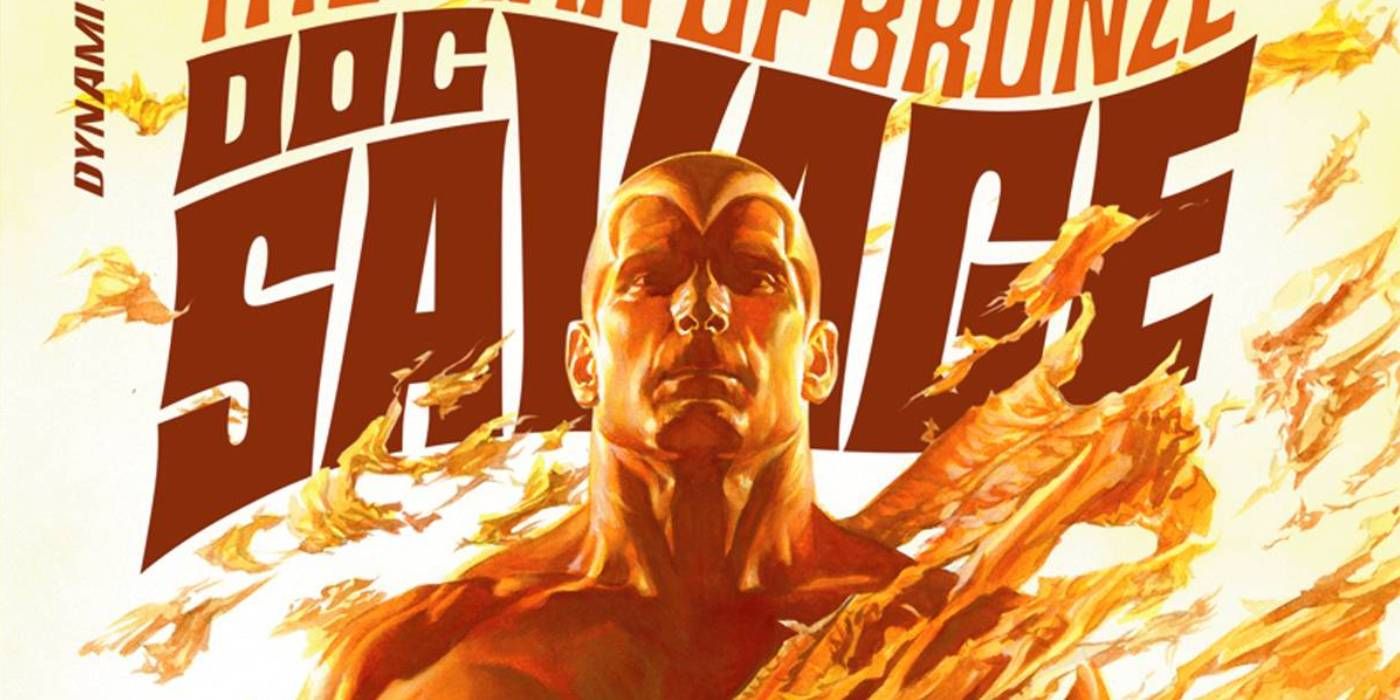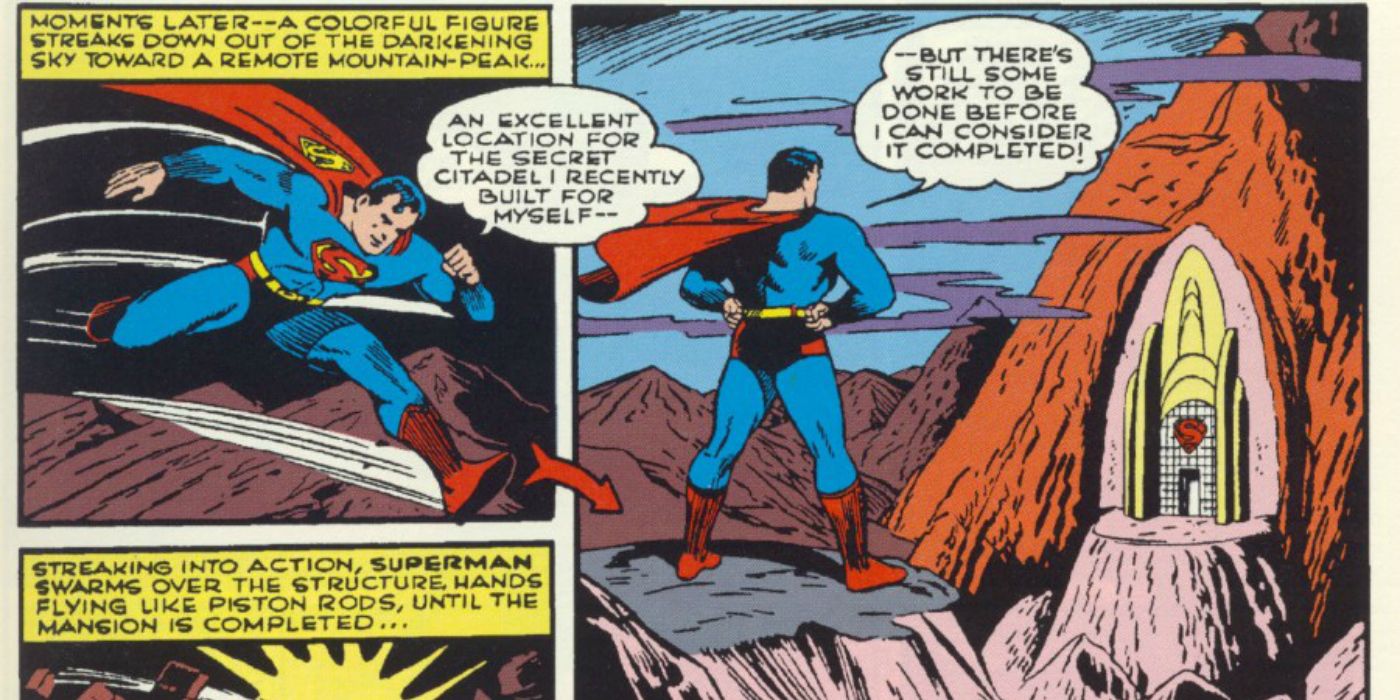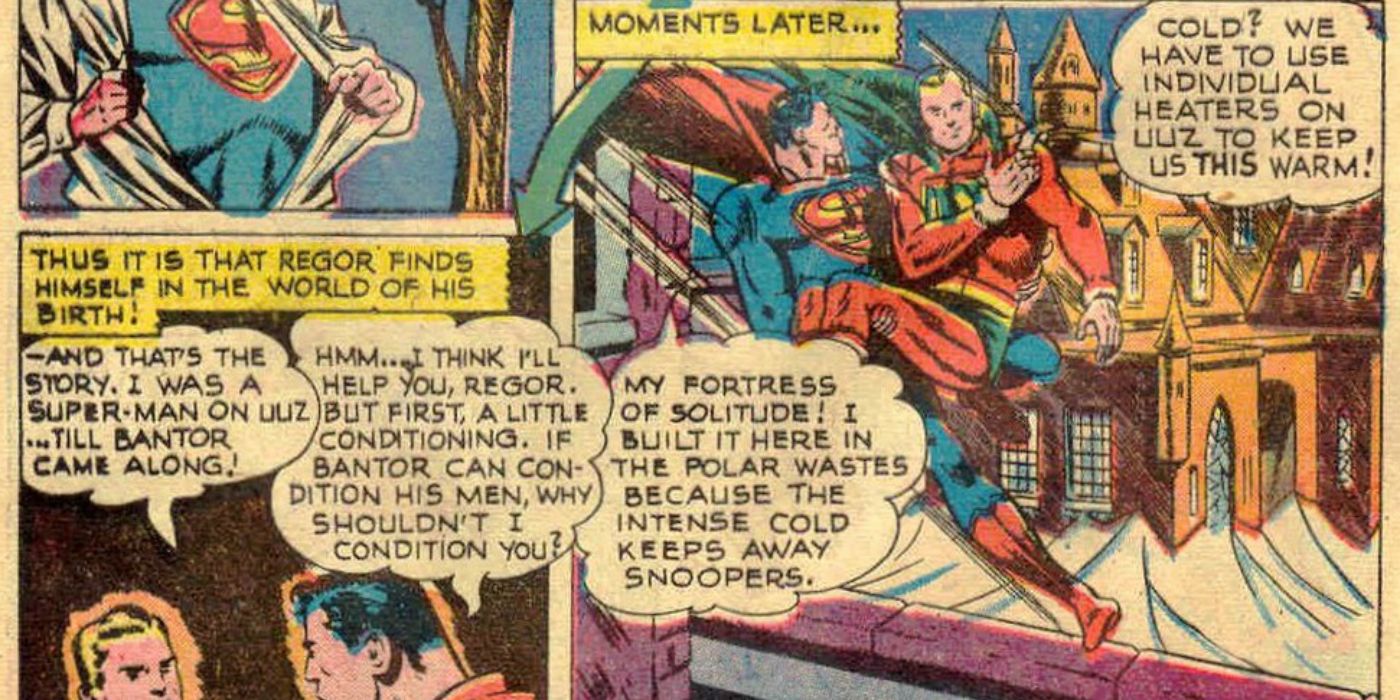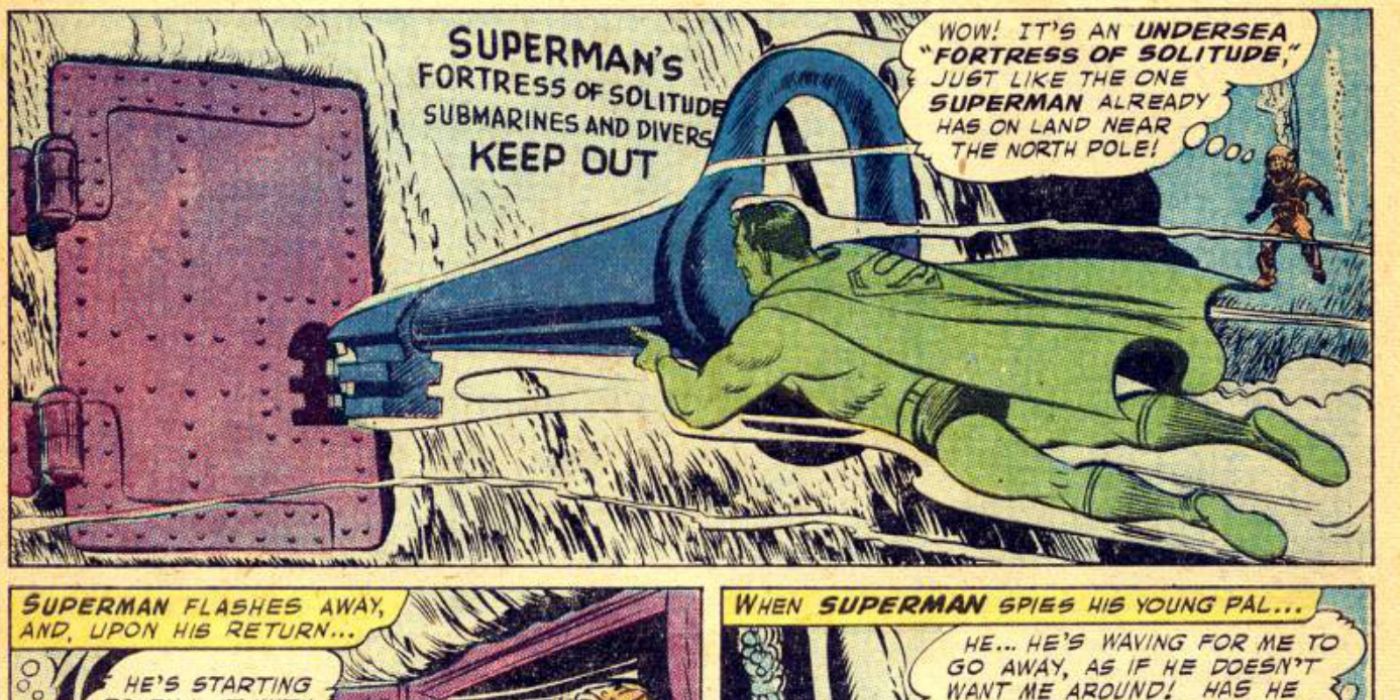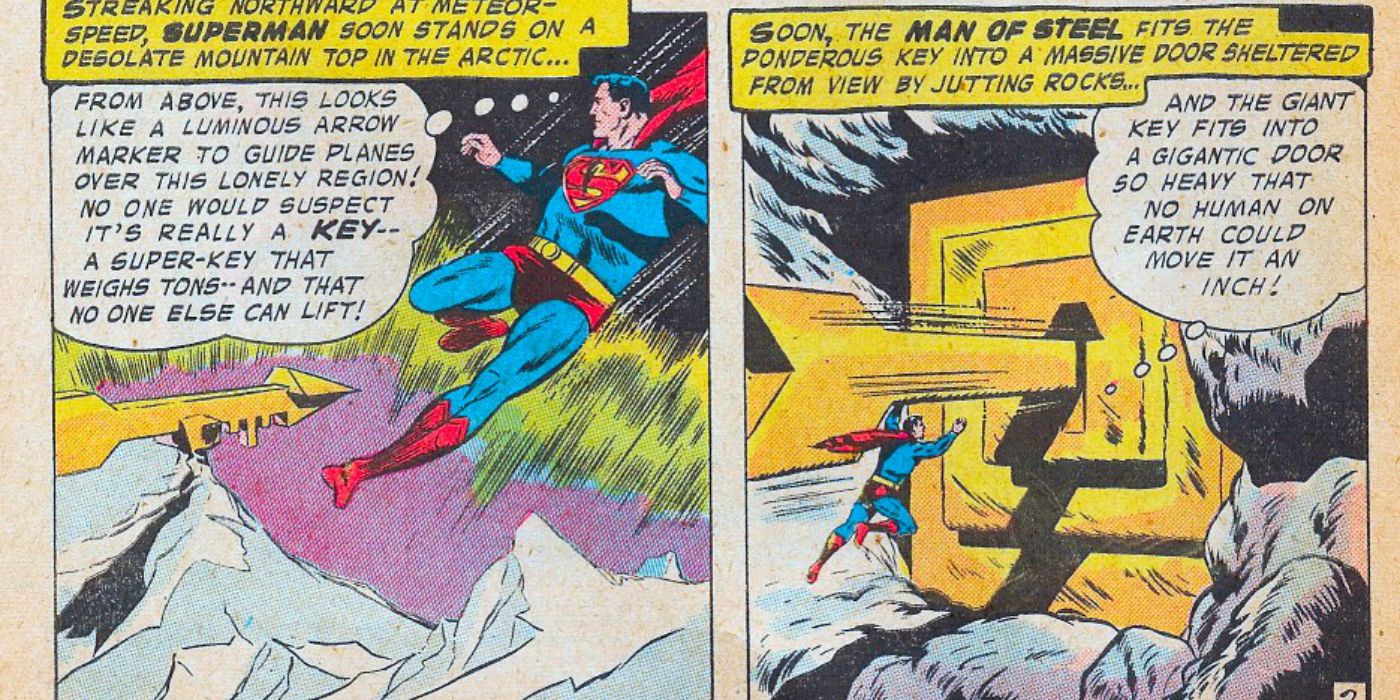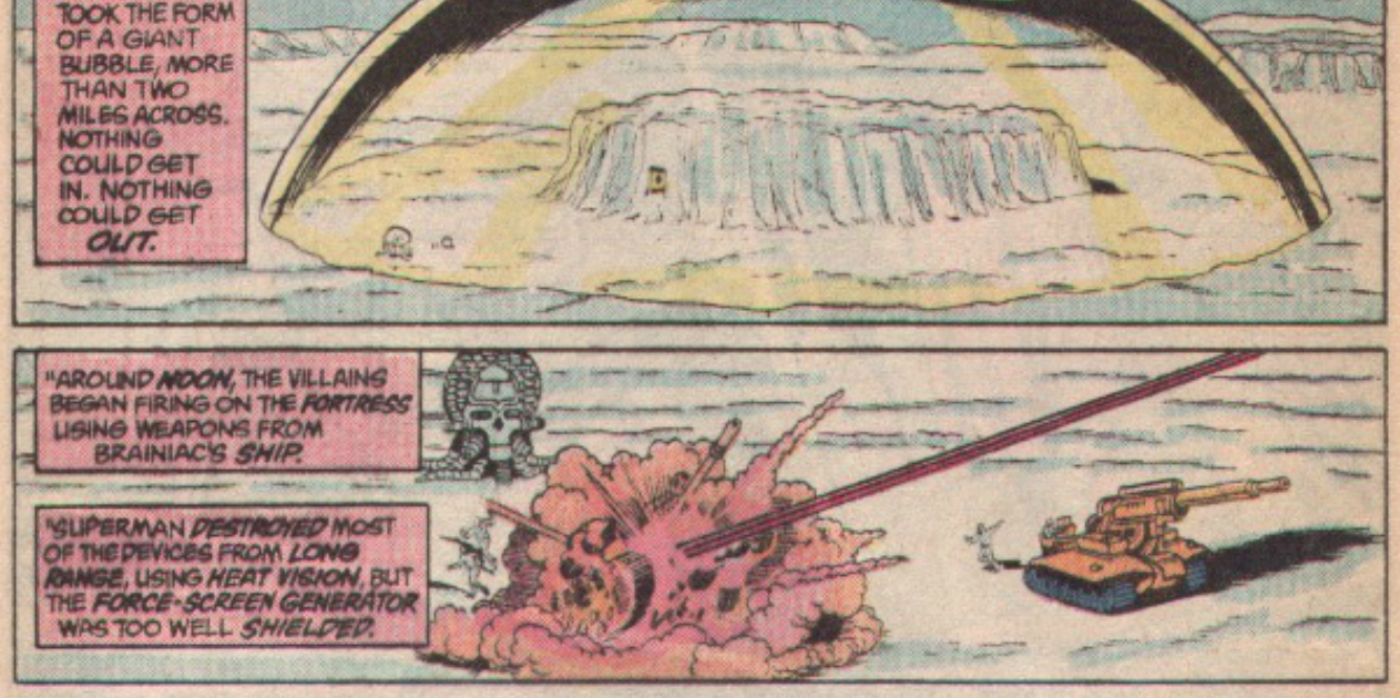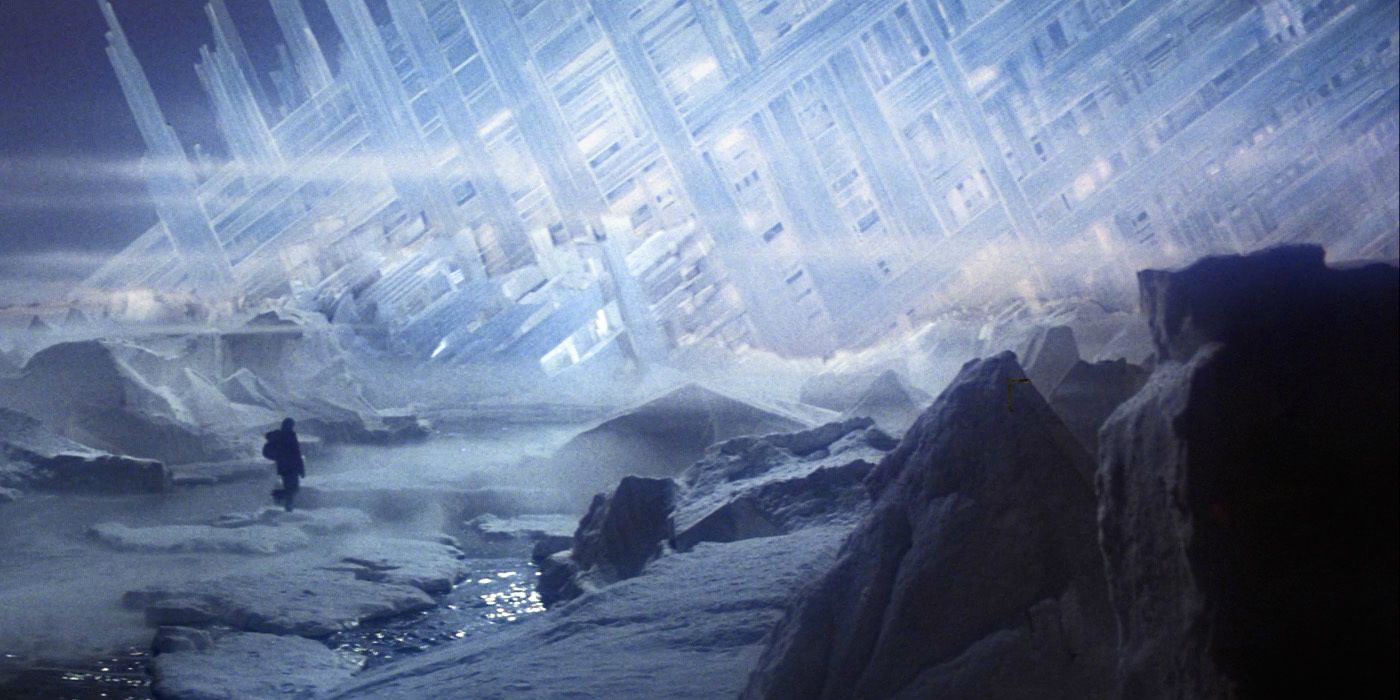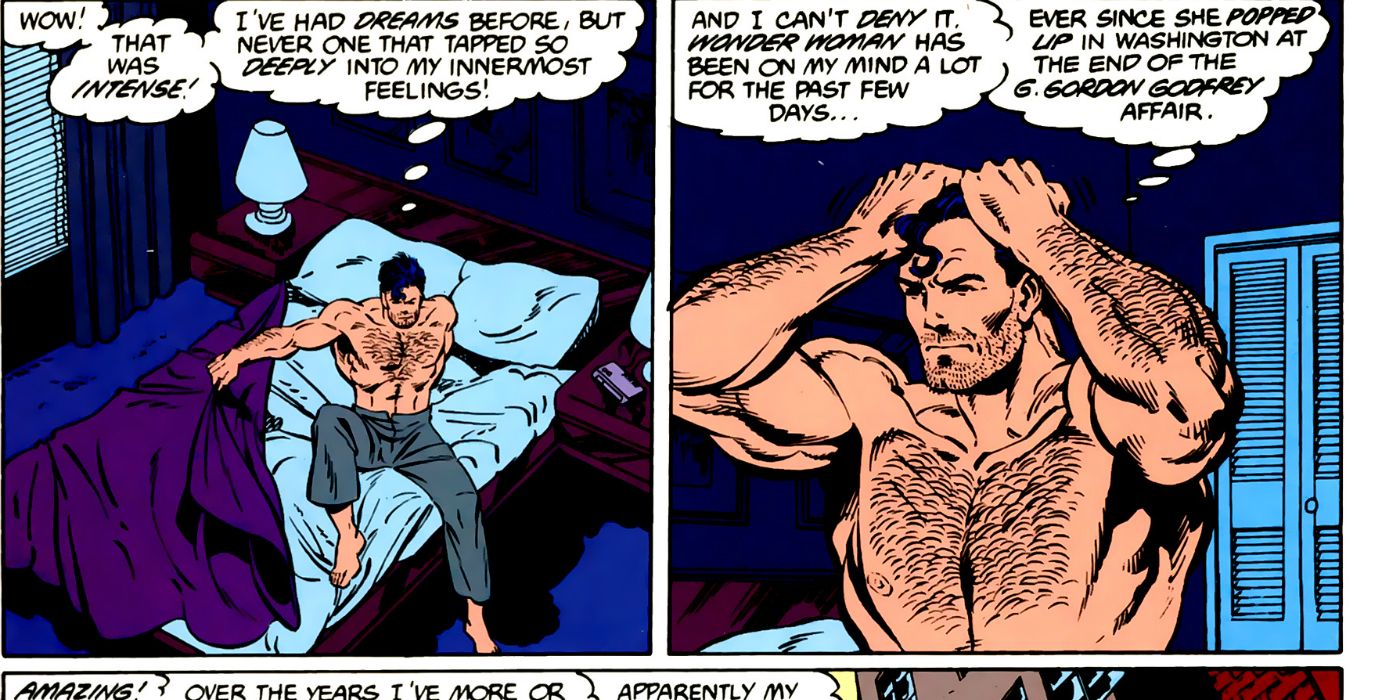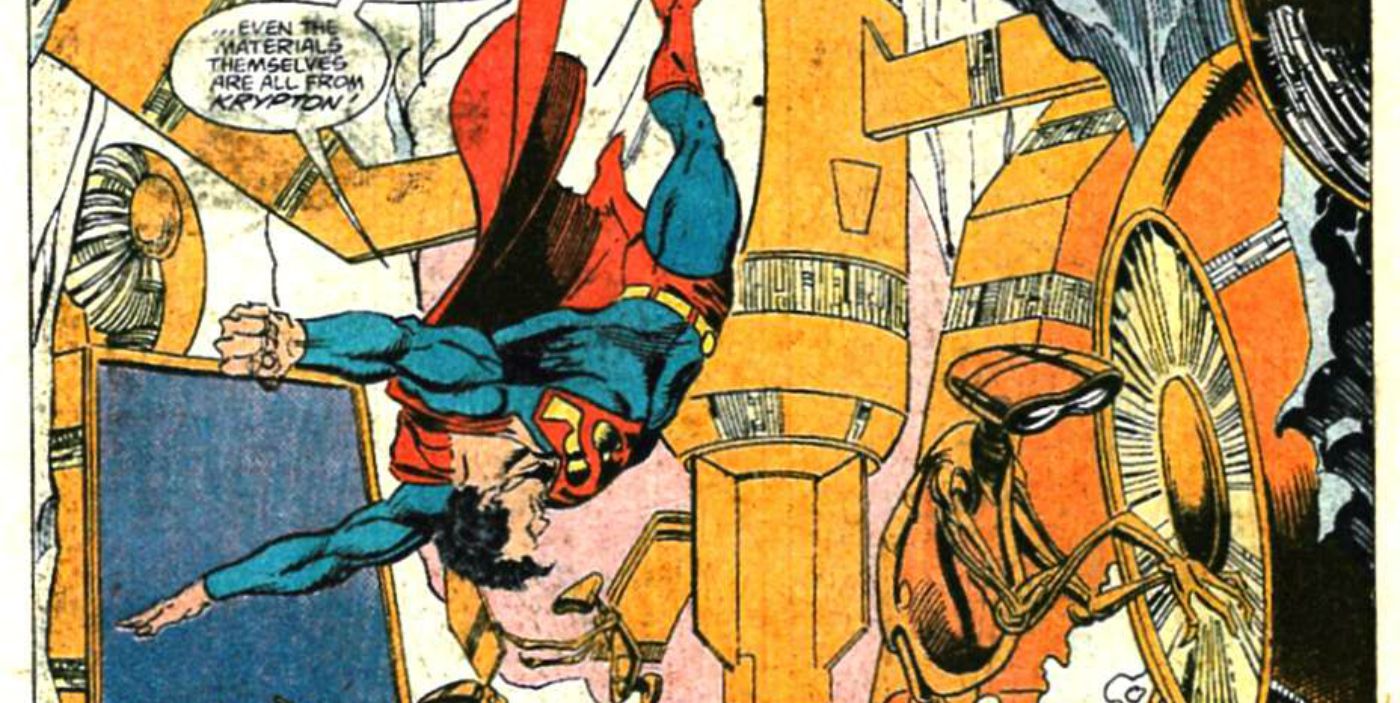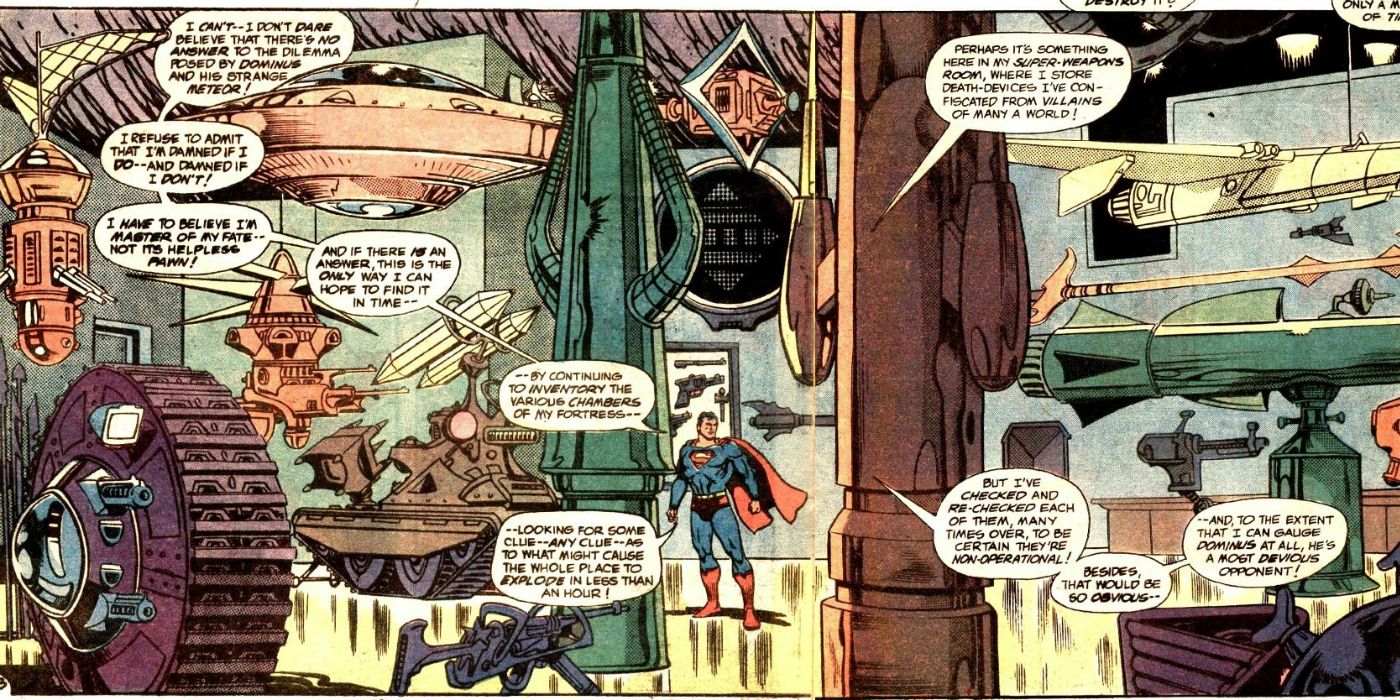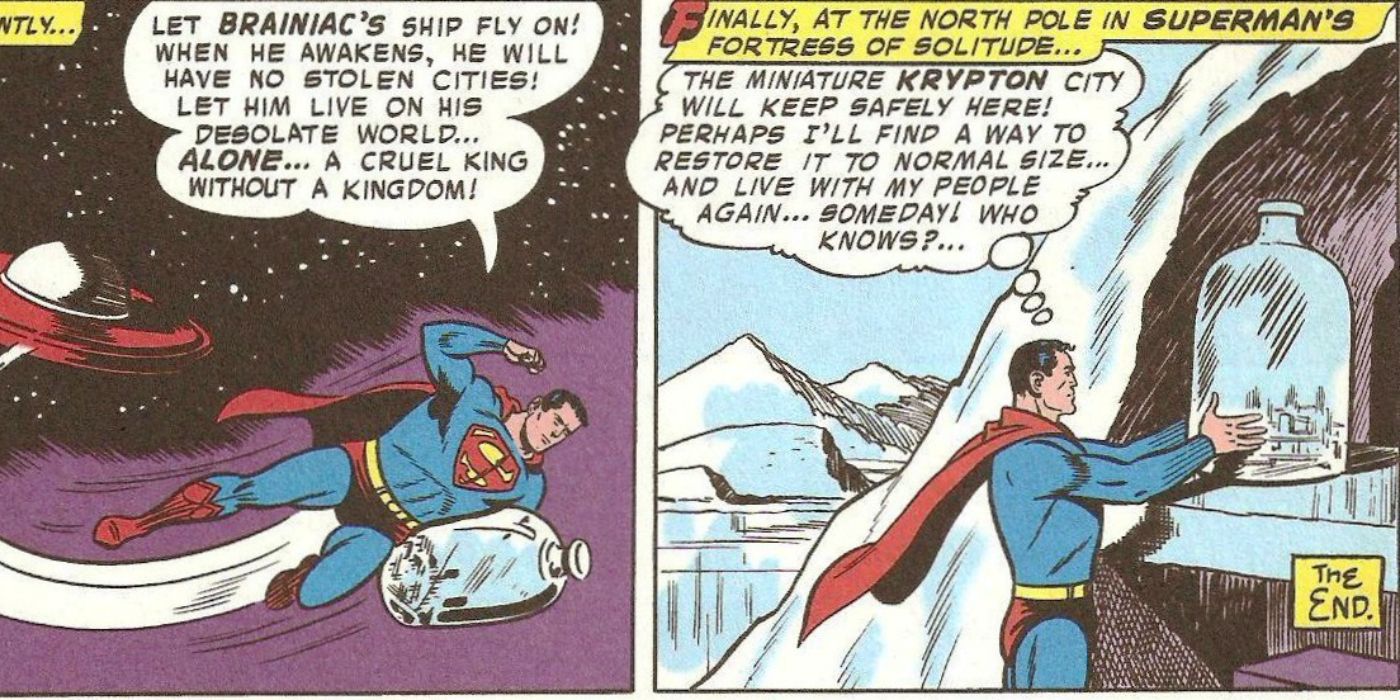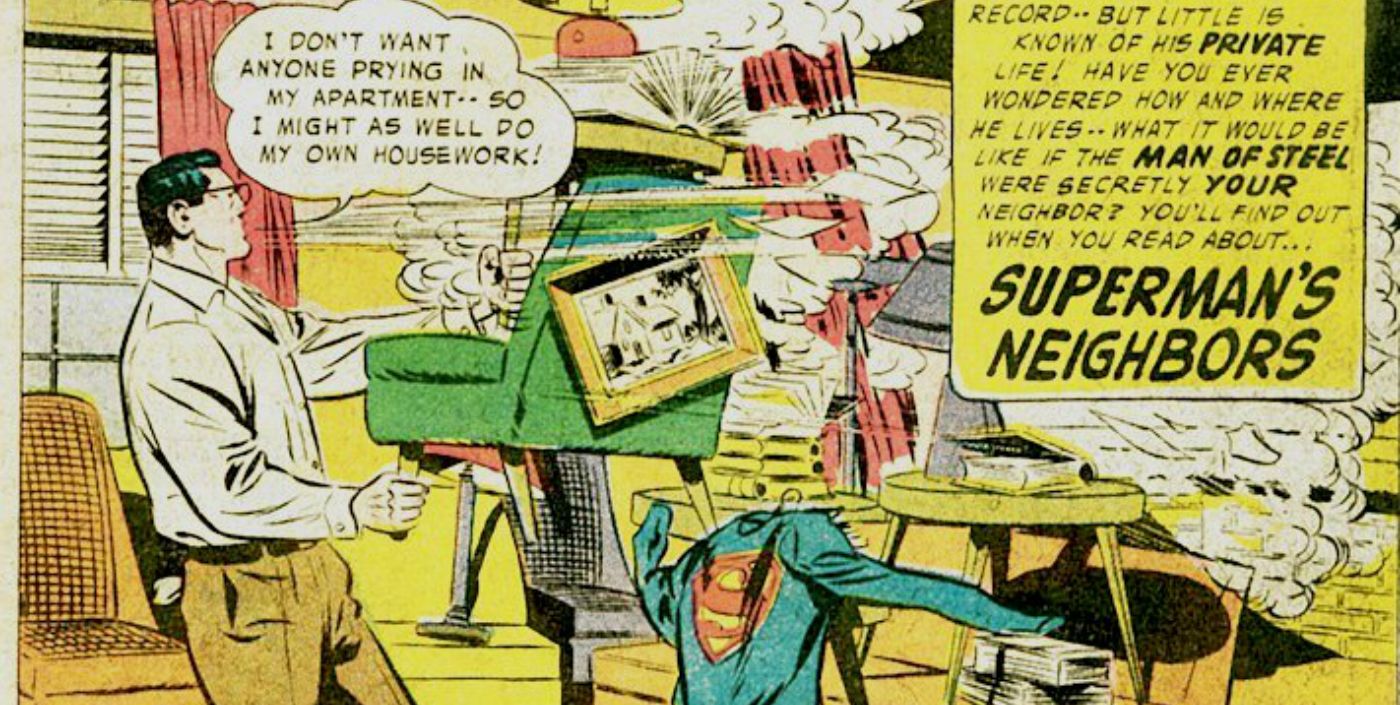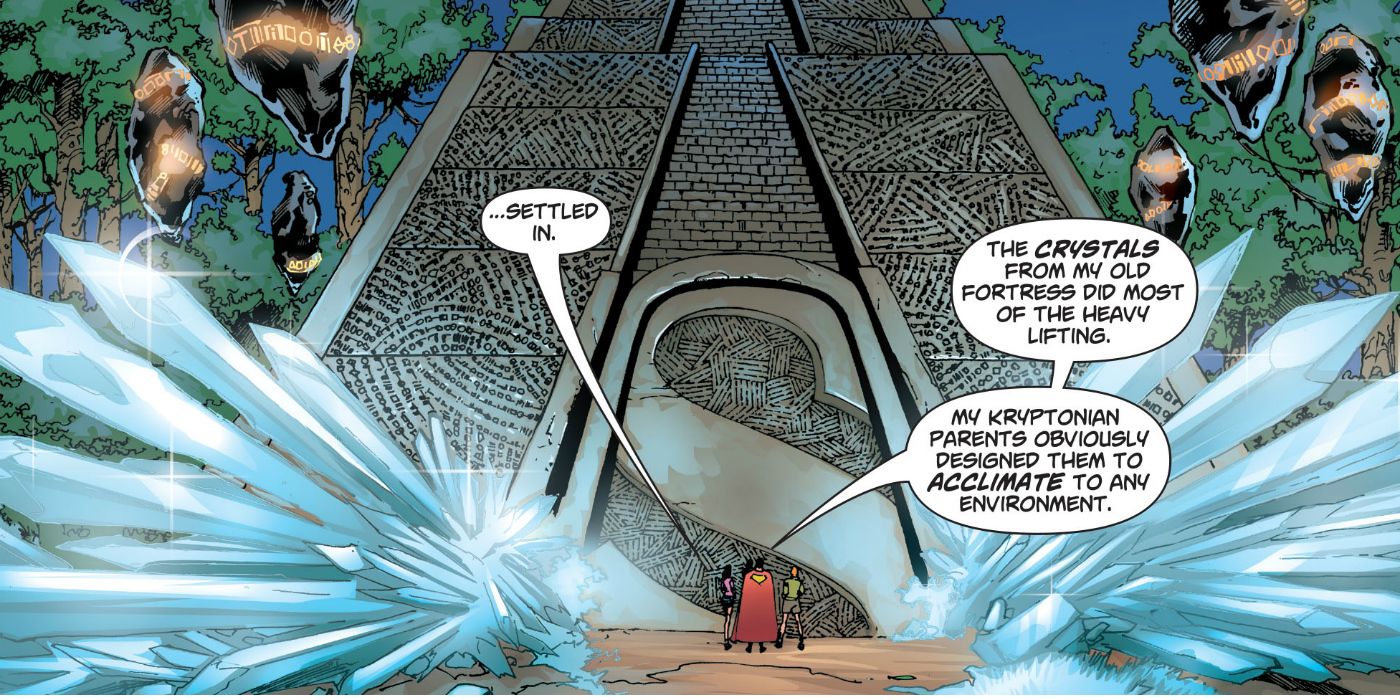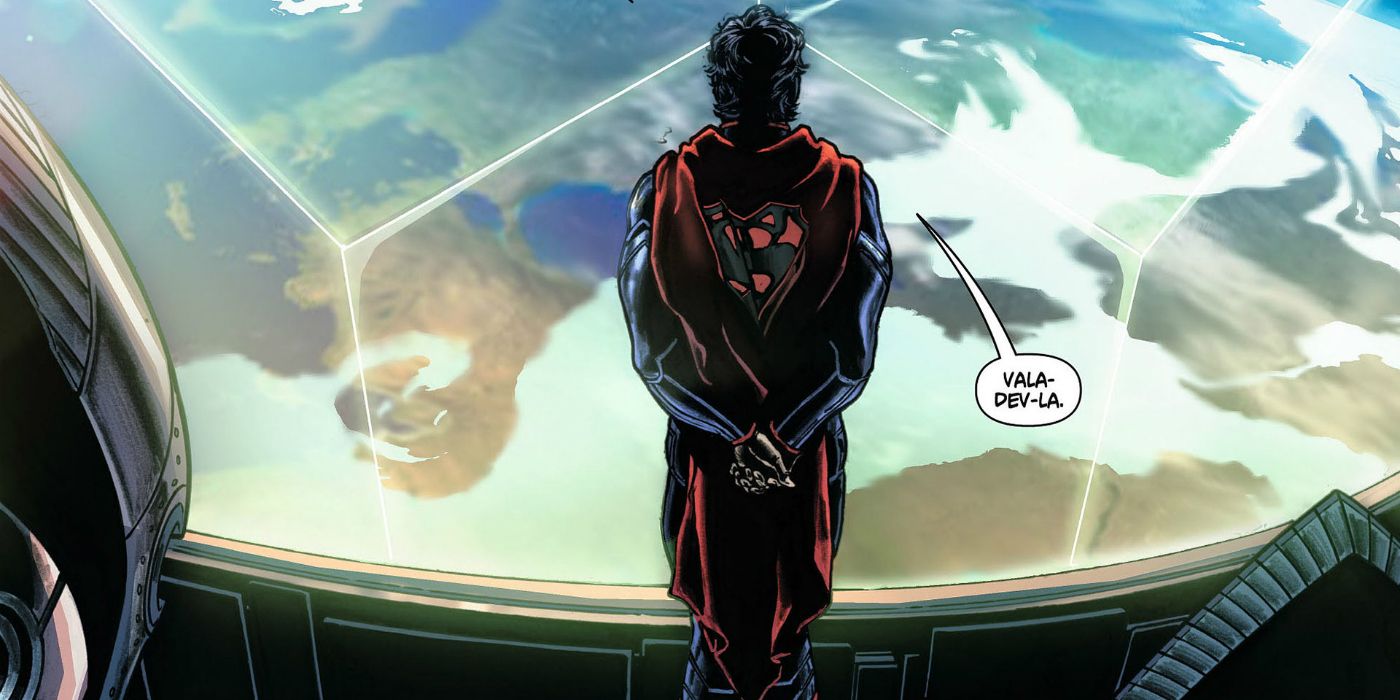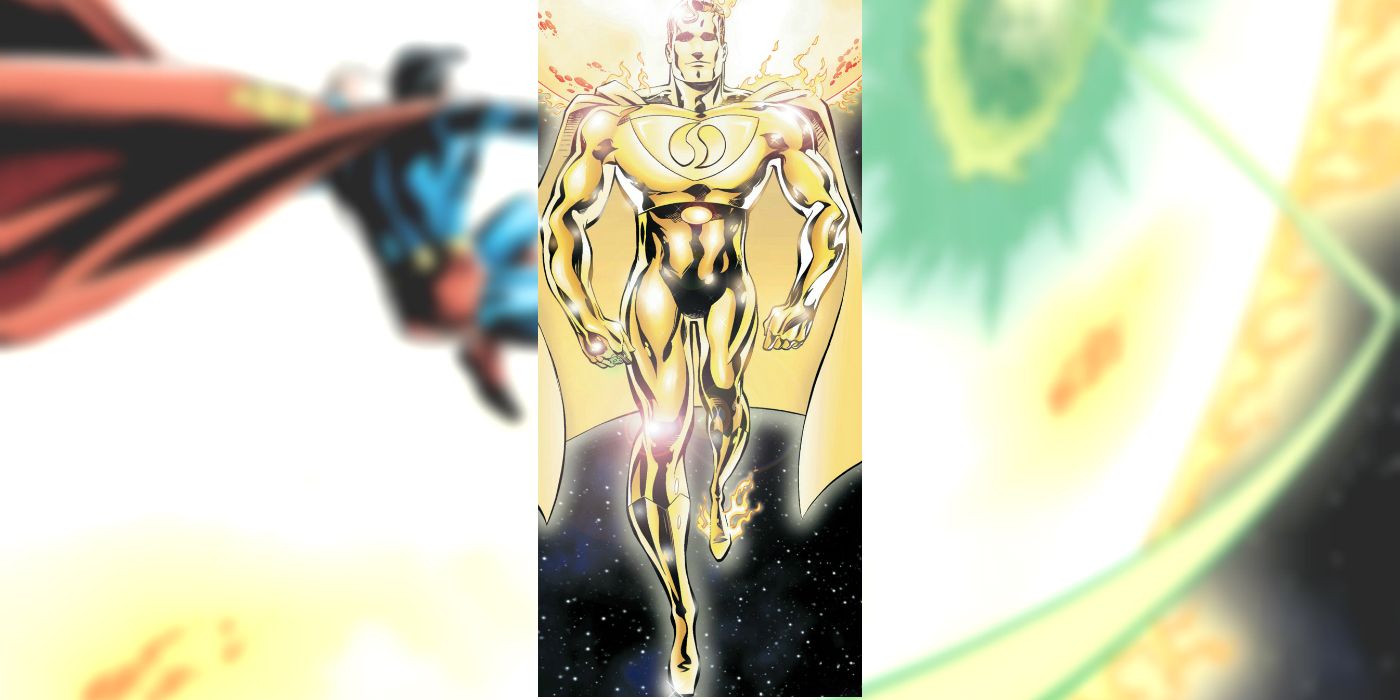Superman is one of the greatest heroes in the world of comic books, with powers that often leave him compared to a god. While he's physically invulnerable, sometimes the pressure that comes with being the most powerful man on Earth takes its toll, and he needs somewhere to unwind. That's why he has his Fortress of Solitude.
RELATED: 15 People Who Have Been Superman Besides Clark Kent
The Fortress of Solitude is one of the most popular and enduring elements of the DC universe, and one of the most famous locations in all of comics. That said, the Fortress has been through a lot of changes over the years. It's been a luxurious mansion and a crystal cavern, hidden at both ends of the Earth. It's even been a metaphor. CBR would like to pay tribute to Superman's favorite staycation spot by reviewing 16 things you might not know about the Fortress of Solitude.
16 DOC SAVAGE DID IT FIRST
The first Fortress of Solitude in fiction wasn't in "Superman," or even in comics. It first appeared in the pages of the classic pulp hero, Doc Savage. Clark "Doc" Savage was an adventurer of the 1930s, known for his incredible physical strength and high intelligence, pretty much the perfect human being. With a team of five experts in different fields, Savage used his wealth and skill to fight crime around the world. When he needed to get away from it all, Savage went to his Fortress of Solitude.
Savage had a hidden fortress literally called the Fortress of Solitude and it was based in the Arctic. Just like Superman, Savage used it to get away from the pressures of crime fighting, work on scientific experiments and kept trophies he'd taken from criminals. Doc Savage first appeared in 1933, and Superman was created in 1938, so we know they pretty much ripped it off.
15 THE FIRST FORTRESS: SANCTUARY
When Superman started using his own home away from home, it wasn't a fortress. It wasn't even called the Fortress of Solitude. In 1942's "Superman" #17 (Jerry Siegel and Joe Shuster), Superman went to a hidden structure called the Secret Citadel. It was actually a base hidden inside a mountain, and it wasn't at the Antarctic, but only a few miles away outside of Metropolis.
In the issue, Superman headed out of Metropolis to avoid Lois Lane's constant nagging about her belief that Clark Kent was secretly Superman. There, he reflected on how his construction was coming along on his new citadel as he pounded the mountain with his fists, then headed inside to admire the trophies he had collected from previous adventures, like Lex Luthor's raygun. He also started working out, running at super-speed around a track and lifting huge metal blocks. He didn't even need to go to the Antarctic to do it. Back then, Superman didn't like to commute.
14 IT'S IN THE ARCTIC
When people think of the Fortress of Solitude, they usually don't think of it as being near Metropolis or any other populated area. Superman doesn't call it the Fortress of Solitude for nothing. The whole idea is that the Fortress should be somewhere isolated, where Superman won't have people banging on the doors to get in. That's why the Fortress has traditionally been found in the frozen wastelands of the Arctic Circle, where very little is found at all, and few can survive. It's the perfect place to put a gigantic structure for the Man of Steel without being bothered.
In 1949's "Superman" #58 (written by William Woolfolk and penciled by Al Plastino), the Fortress of Solitude as we know it made its first appearance. The Fortress wasn't openly said to be in the Arctic, but in a generic "polar waste." Still, it didn't take long before Superman's Fortress was shown to be right at the Arctic. Over the years, it's switched between the Arctic (the northern pole) or the Antarctic (the southern pole), but either way it's cold.
13 THE UNDERWATER FORTRESS
While the classic Fortress of Solitude has been found in the arctic regions, there's another, lesser-known Fortress Superman keeps at the bottom of the ocean. In 1958's "Action Comics" #244 (Otto Binder, Wayne Boring), readers first saw the second undersea Fortress said to be built into the side of a cliff in the Sargasso Sea. The comics even gave the coordinates at 28 degrees North latitude, 50 degrees West longitude. The ocean fortress was set up a lot like his Arctic fortress, except that he kept relics from the oceans and had monitoring stations that would let him see what was going on in oceans around the world, particularly Atlantis.
The underwater Fortress never figured very highly in Superman's stories, and later on, the comics said that he had abandoned it to the people of Atlantis, who turned it into a tourist attraction. The underwater Fortress was last seen in 1986's "Whatever Happened to the Man of Tomorrow" (Alan Moore, Curt Swan), set before the "Crisis on Infinite Earths" changed Superman's history.
12 ITS KEY IS GIGANTIC
The Fortress of Solitude wouldn't be much use if just anyone could wander into it. That kind of takes out the "solitude" part of it. One way Superman has kept out intruders is by making it so only he can enter, and that means the average lock and key just won't cut it. In the Silver Age, Superman created his own lock and key that only he could open, because the "key" was enormous.
The new Fortress of Solitude was built into the side of a cliff with a massive gold door on one side and a keyhole as large as a human being. Superman kept a huge gold key next to the door, a key so large that only he or someone of similar strength (like Supergirl) could even lift it, let alone insert and turn the key in the keyhole. It used to just be lying out in the open, but when local pilots discovered the key pointed right at the Fortress, Superman started camouflaging it.
11 IT HAS LOW SECURITY
Despite the extreme measures Superman has used to protect his Fortress, it's had a surprising number of break-ins. It seems like Superman's enemies can't resist the chance to get into his fortress and get at the juicy secrets inside. It also seems to be a place where he's more vulnerable. Several major supervillains from Brainiac to Mongul to Lex Luthor have gotten in and caused trouble.
One major break-in came in "Action Comics" #583 by Alan Moore and Curt Swan, part of the story "Whatever Happened to the Man of Tomorrow." In the issue, all of Superman's greatest enemies surrounded the Fortress of Solitude and put it under siege to get inside. Superman destroyed his giant key and locked himself inside the fortress, but they still broke in. In 1985's "Superman Annual" #11, the story "For the Man Who Has Everything" (Alan Moore, Dave Gibbons) showed the supervillain Mongul teleporting into the Fortress to give Superman the "gift" of a mind-controlling plant that locked the Man of Steel into a hallucination of being back on Krypton.
10 IT IS PART OF KRYPTON
Over time, the Fortress of Solitude has become more than just a glorified rec room or trophy room for Superman and his friends to hang out in. It's also been an important link to Superman's Kryptonian heritage. One big feature of the Fortress has been statues of Superman's biological parents, Jor-El and Lara, shown holding up a model of the planet Krypton. The statues are a reminder of the family he never knew. There have also been artifacts from Krypton, along with examples of Kryptonian technology like the portal to the prison-dimension of the Phantom Zone kept in the Fortress.
In later stories (especially post-Crisis), the Fortress of Solitude has literally been constructed by Kryptonian technology. Its construction matched Kryptonian buildings, and it's even been built from Kryptonian materials like crystals. The Fortress of Solitude has become a monument to a lost world, a way for Superman to reconnect with a planet he never got to see in person.
9 THE MOVIE
In 1978, the big-budget movie "Superman" hit theaters, and it changed the history and appearance of the Superman mythos forever. Before the movie, the comics rarely showed the world of Krypton before its destruction, and when they did, it pretty much looked like Earth. Granted, a more futuristic version of Earth, but it was still quite Earth-like. Also, the Fortress of Solitude looked a lot like European castles.
That all changed in "Superman: The Movie" which showed Krypton as a cold and sterile world, and the people wearing clothes and using crystal-based technology that looked completely alien. The movie also made the Fortress of Solitude look like a mass of crystals, and established that the Fortress was actually a recreation of the way buildings were constructed on Krypton, an even stronger connection to the lost planet. The comics quickly copied the new iconic look of the Fortress of Solitude, and it's been a crystal palace in almost all versions since.
8 IT'S A STATE... OF MIND
In 1986, John Byrne rebooted Superman to make him more realistic and grounded than the Silver Age version. A lot of what we think of the modern version of Superman came from the new series. He created a new Superman just starting out as a superhero, and turned Lex Luthor from a bald mad scientist into a ruthless billionaire with his own company. Byrne also reduced the amount of Kryptonite on Earth, and set up Clark as the only Kryptonian, removing others like Supergirl, Superboy and General Zod from continuity.
Byrne also eliminated the Fortress of Solitude. Instead of a physical fortress, Superman referred to his identity as Clark Kent as a "Fortress of Solitude," a way to escape his chaotic life as a superhero and live as a normal human being. Over time, other elements of pre-Crisis Superman came back, including a physical Fortress, but it was very different from the old version.
7 THE ERADICATOR
In the final stories of John Byrne's run, Superman met three Kryptonians from a pocket universe who had slaughtered the population of their Earth. When they threatened to do the same to the mainstream universe's Earth, Superman used kryptonite to kill them, and sent himself into exile to atone for breaking his "no-killing" rule. In his journeys through space, 1989’s “Action Comics Annual” #2 (Jerry Ordway, George Pérez, Roger Stern, Mike Mignola and Curt Swan) gave him a mysterious weapon called the Eradicator.
One of the first things the Eradicator did when Superman came back to Earth was turn Jimmy Olsen into a rubbery shape, causing the Man of Steel to try to throw it away in Antarctica. There, (in 1989's "Adventures of Superman" #460 by Dan Jurgens) the Eradicator created a new Fortress of Solitude that looked like the crystalline version from the movie. It also used the Phantom Zone to pull artifacts from Krypton into the Fortress, bringing his classic mansion into the new era.
6 IT HAS A TROPHY ROOM
So far, we've talked a lot about what the outside of the Fortress of Solitude is like, but not much about the inside. The contents of the Fortress have changed and varied wildly, especially in the Silver Age. Let's run down a few of its most common features.
One of the fixtures of the Fortress is a collection of animals from different planet that Superman rescued from dying worlds. With his past as the only survivor of his planet, he feels a need to save other endangered species. He also has a trophy room, a lot like the one Batman has. Superman kept the awards he got from different cities and governments, along with tokens and costumes from some of his enemies. In pre-Crisis continuity, Superman had an armory room for weapons he had taken from different supervillains. Another major feature of the Fortress was a science lab where he would use his super-intelligence and alien technology to do research, including a cure for kryptonite poisoning.
5 IT HOUSES A LOST CITY
One of the most famous items in the Fortress of Solitude is the so-called bottle city of Kandor. Kandor made its first appearance in 1958's "Action Comics" #242 (Al Plastino, Otto Binder), which was also the first appearance of Brainiac. In the first story, they explained Kandor was the capital city of Krypton until the supervillain Brainiac used his advanced technology to shrink and steal the city, along with all its inhabitants. He kept the tiny city in a literal bottle in his collection for study. When Brainiac came to Earth to take our cities, Superman recovered the bottle and brought it to his Fortress for protection and to find a way to restore Kandor to normal size.
The upshot is that Superman suddenly had a literal piece of Krypton, right at his fingertips at all times. In the post-Crisis continuity, Kandor changed several times, but in the New 52 continuity, the bottle city of Kandor had more diverse Kryptonians. The citizens were restored to normal size, leaving the Fortress to form their own world, New Krypton.
4 IT'S NOT HIS HOME
One of the biggest misconceptions some people have about the Fortress of Solitude is that it's Superman's home. In reality, it's not. Superman only goes to the Fortress when he has work to do or needs a break, more like a glorified office than a house. When it comes to his normal day-to-day life, Superman considers Clark Kent's apartment in Metropolis his real home.
At the end of a long day at the Daily Planet, Kent doesn't fly all the way to the Arctic to unwind. He goes to 344 Clinton Street in the city of Metropolis. Why would he go to a small apartment in a crowded city when he could be in a vast mansion filled with exciting alien technology by himself? Well, it goes back to what John Byrne described, that Clark Kent is Superman's sanctuary. His apartment makes him feel normal and even human. That's something he treasures.
3 THE ANDES FORTRESS
1998's "Action Comics" #747 (Stuart Immonen) re-introduced the villain Dominus, an alien sorcerer who was trapped in the Phantom Zone for his betrayal. Dominus used his powers to take Superman's place, but was finally beaten in a fight between him, Superman and Lex Luthor. In the process, the Fortress of Solitude was pulled into the Phantom Zone.
In 2000's "Superman: The Man of Steel" #100 (Mark Schultz, Tom Nguyen) a new fortress was revealed, created by the genius engineer superhero Steel. He built Superman a new one, this time made as an extra-dimensional space he could get to through an enormous puzzle-globe. The new Fortress could be moved from one location to the other, which Superman took advantage of by putting in near a remote village in the Andes. Later, in 2005's "Superman" #217 (Mark Verheiden, Ed Benes), Superman used his Kryptonian technology to construct a new Fortress of Solitude in the Andes that looked like a cross between an ancient pyramid and his crystal mansion.
2 THE NEW 52 VERSION
Before the rebooted New 52 event of 2011, one of the last versions of the Fortress had been in "Action Comics" #840 (2006) when Superman hurled a Kryptonian "Sunstone" crystal into the Arctic wasteland, where it recreated the classic crystalline Fortress. After New 52, the Fortress became more complicated. Superman was back to having no fortress again, but at one point, a mysterious fortress appeared floating in space. The ship turned out to be the orbiting home of Brainiac. After Superman stopped Brainiac in 2012's "Action Comics" #8 (Grant Morrison, Rags Morales, Brad Walker), he took over the spaceship, though it was later destroyed.
In "Action Comics" #15 (Grant Morrison, Rags Morales, Brad Walker), Superman faced a fifth-dimensional imp bent on destroying him, and he retreated to a new Fortress. This one turned out to be a fortress that he called his "Yucatan base," a reference to his fortress in the Amazon rain forest in previous continuity.
1 THE FORTRESS IN THE SUN
So far, we've covered how the Fortress of Solitude has been found in the United States, the Andes, the Amazon, the Arctic, Antarctica, underwater and even orbiting the Earth. Where's left for Superman to stick his Fortress? Why, at the heart of a solar system, of course.
In the 1998 crossover event "DC One Million," the modern Justice League was pulled into the 853rd Century to fight alongside the Justice League of the future. One member of the League was missing at first, the original Superman, who was known as Superman-Prime. According to legend, Superman-Prime had built a new Fortress of Solitude where no one else could go, inside a sun. Given its location, it probably didn't have the usual stuff in it like a trophy room or the bottle city of Kandor. What it did have was a power source Superman used to absorb energy for 15 thousand years. When he left, his powers had grown to almost infinite levels. It's the ultimate retreat for the Man of Steel.
What is your favorite Fortress of Solitude? Let us know in the comments!

